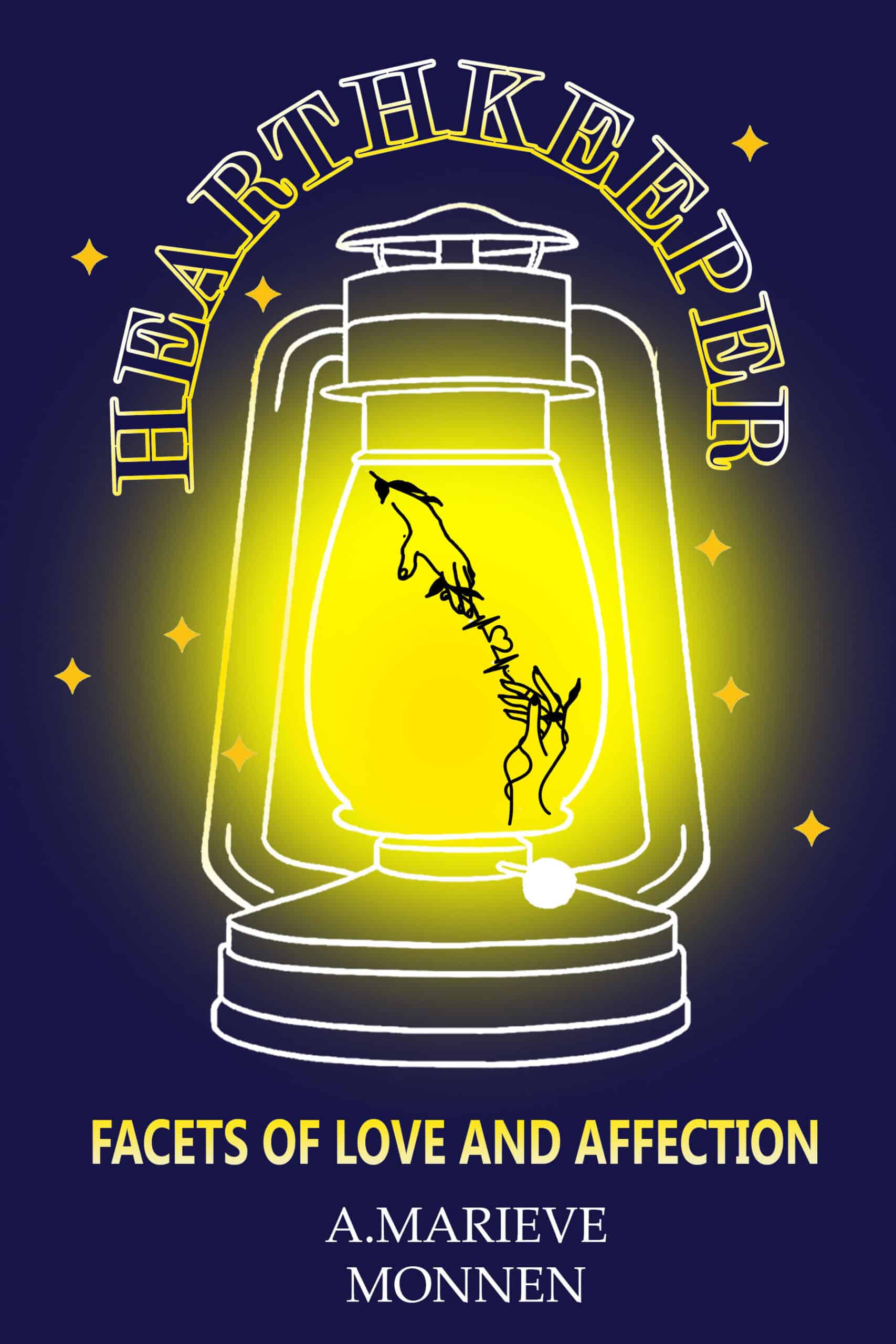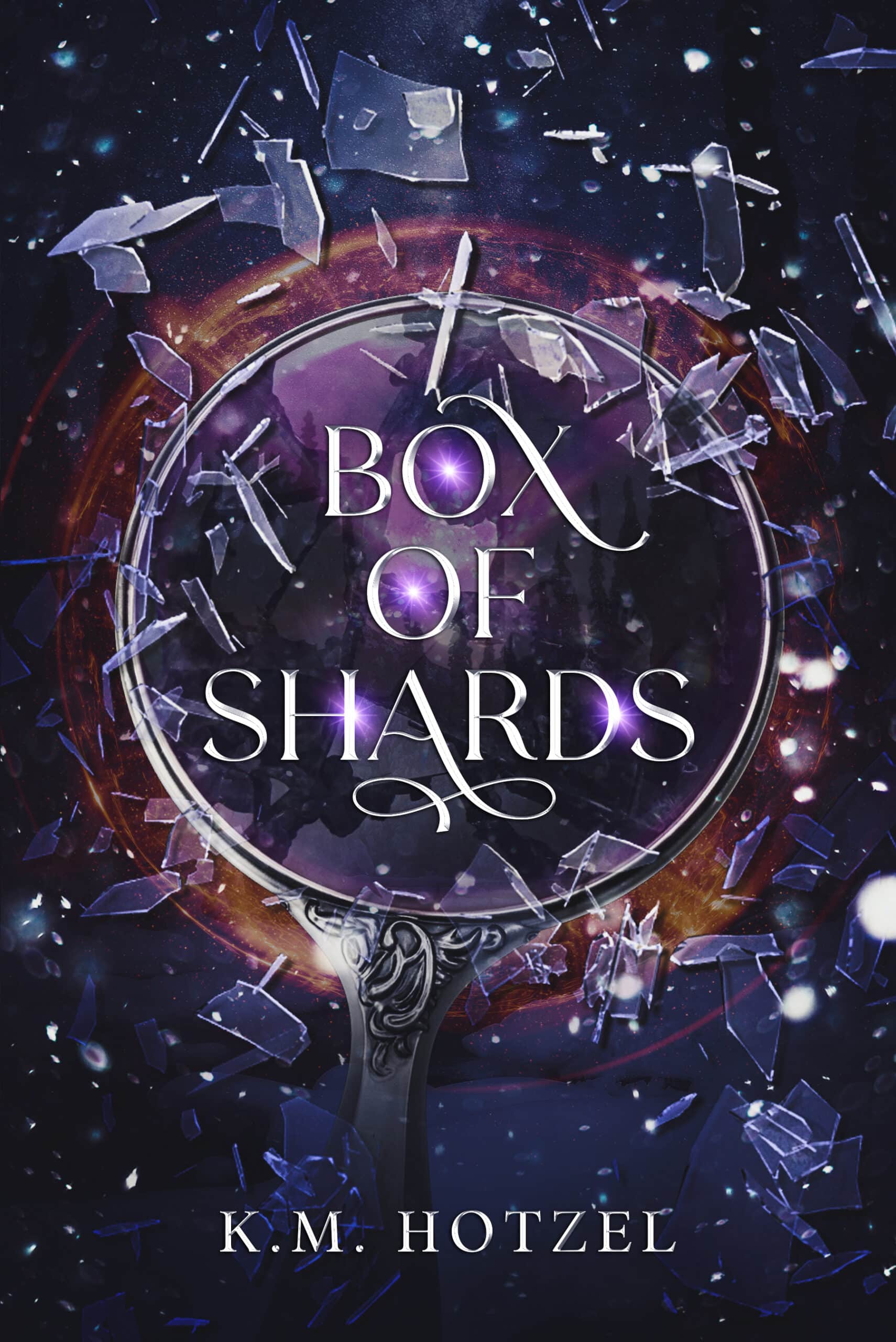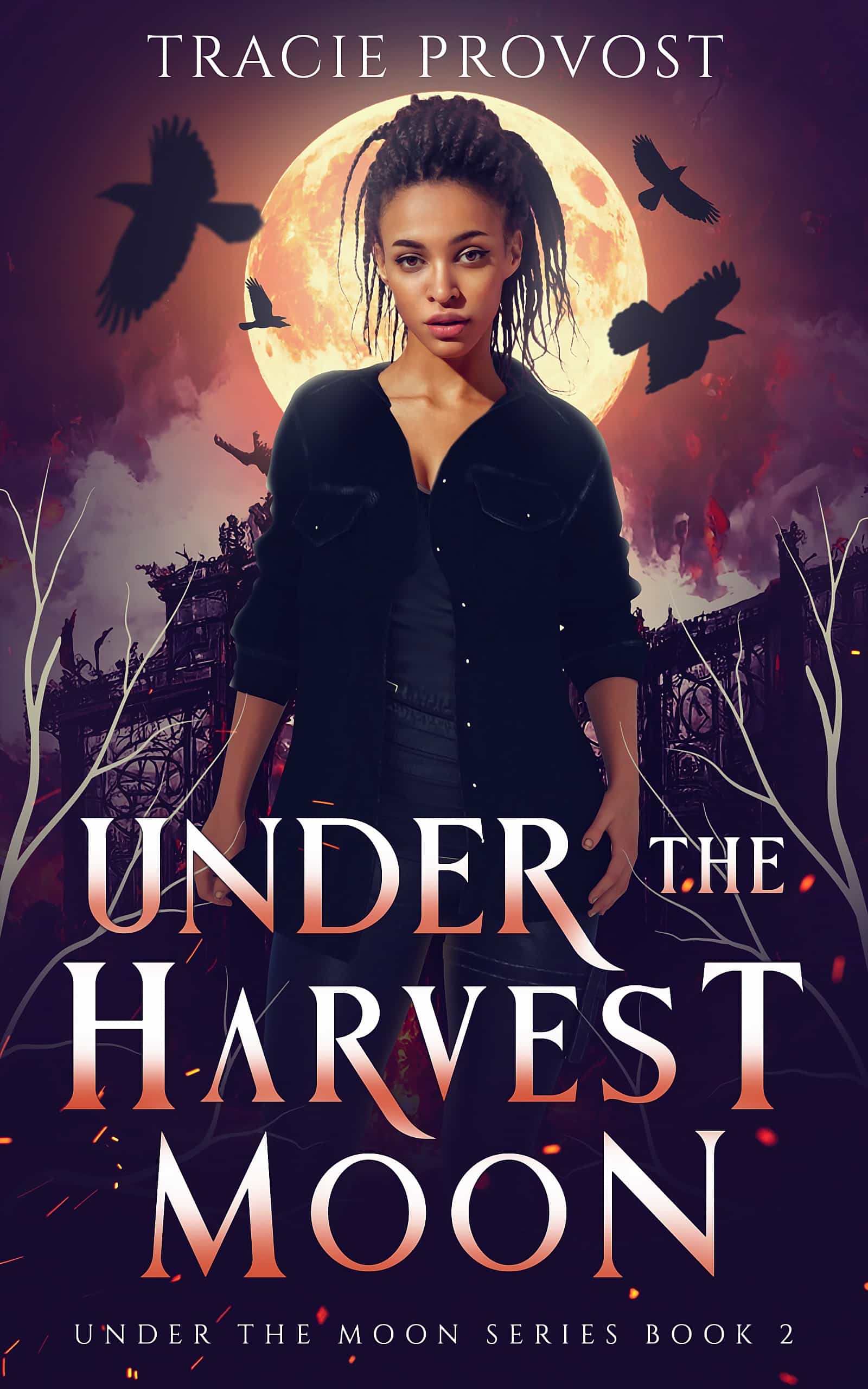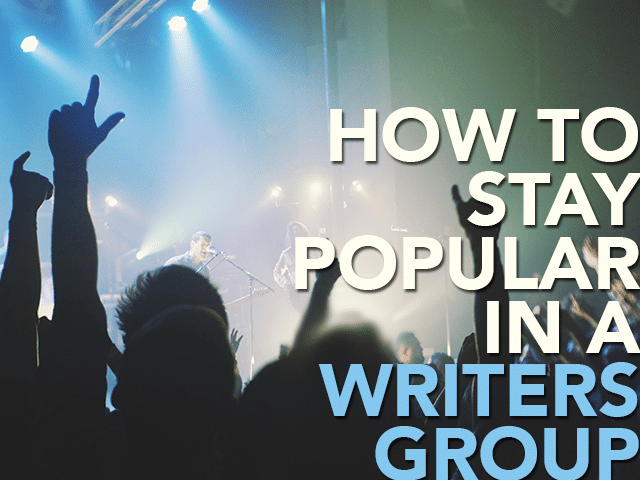
by Joe Bunting |
Writers groups can be an incredibly rich experience. In fact, you can learn more about the craft of writing from a good writers group or creative writing club than you can learn from a thousand blog posts on writing.
However, at the same time, a bad writers group can be a waste of time, and if particularly dysfunctional, can even be incredibly damaging to your confidence and your writing.
If you’re part of a writers group, how do you take it to the next level? And if you’re looking for a writers group, how do you make sure you choose the right one?

by Joe Bunting |
How do you tell a story? Not how do you construct a story, or how do you structure and plot a story? How do you tell a story?
When I think about storytelling at its most basic, I think about our earliest ancestors, sitting around a campfire, sharing stories about their lives, the adventures they’ve been part of, and the history of their people.
This is what narrative devices are about, how you tell the story, and if you’re a writer, the method and perspective of your storytelling is something you must consider.
In this article, we’re going to talk about narrative devices, what they are, the different types found in the best books, plays, films, and serials, and how to use them to tell a powerful story.
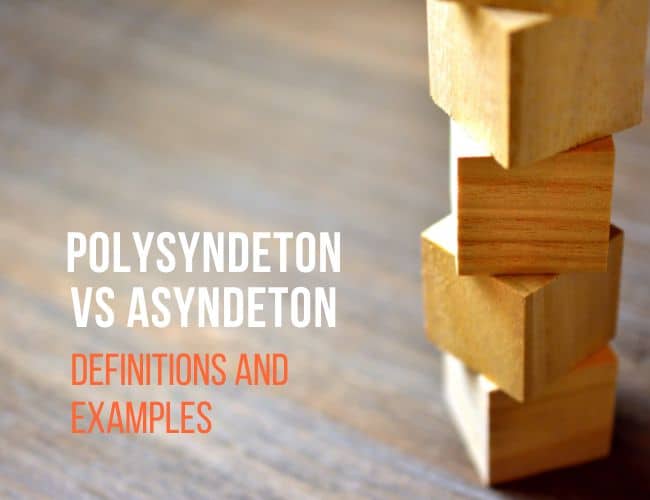
by Liz Bureman and Joe Bunting |
Today, we’ll look at the difference between polysyndeton vs asyndeton, share some examples, and explain how and when to use them both in your writing. Let’s get started!
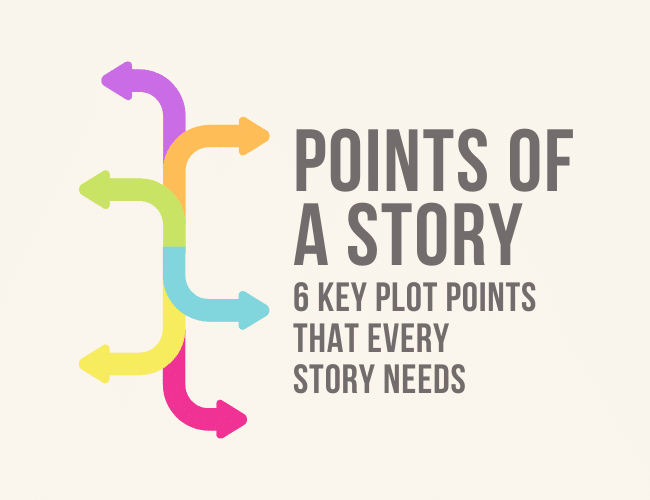
by Joe Bunting |
One thing writers have told me consistently is that knowing story structure and the major plot points—or points of a story—makes writing great stories easier. But what are the main points of a story? How can you get them into your books?
I’ve personally found story structure to be incredibly helpful, not just in writing novels and screenplays, but also in memoir and even, sometimes, writing nonfiction books.
In this guide, we’re going to talk about the basic points of a story and how to use story structure to make your writing easier and more effective. I’ll share the six major plot points and talk about a few other points you might look for when writing a book that will give you a general roadmap to writing your story.
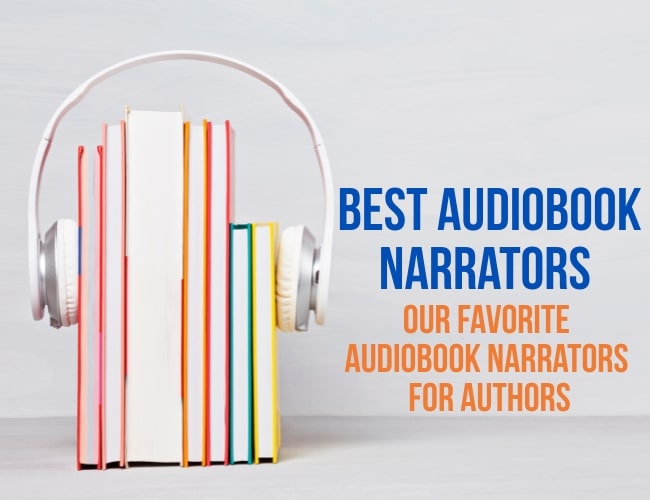
by Joe Bunting |
Getting an audiobook produced for your book opens up a whole new group of readers. In fact, about 26 percent of readers only listen to audiobooks, according a study done by the Library Journal. Which means, if you don’t have an audiobook, you’re losing readers. But how do you get an audiobook produced, and how do you choose the best audiobook narrator for your book?





